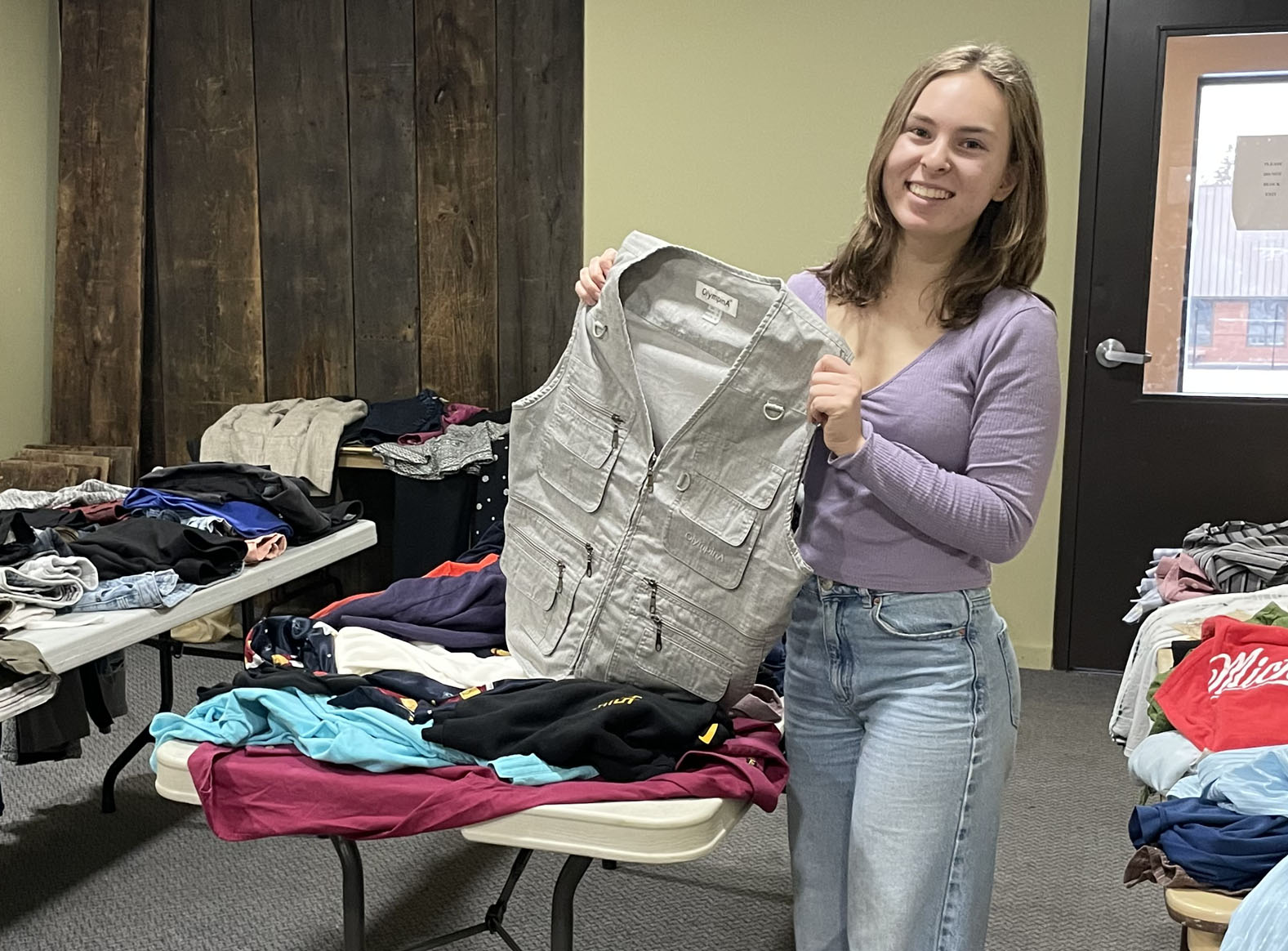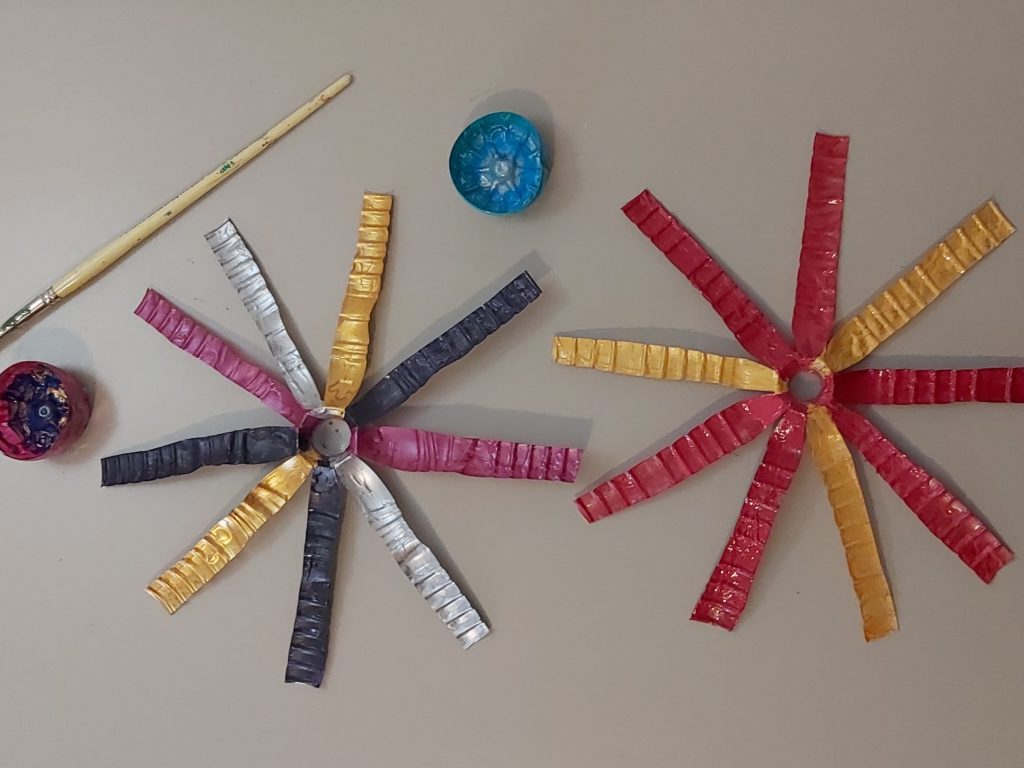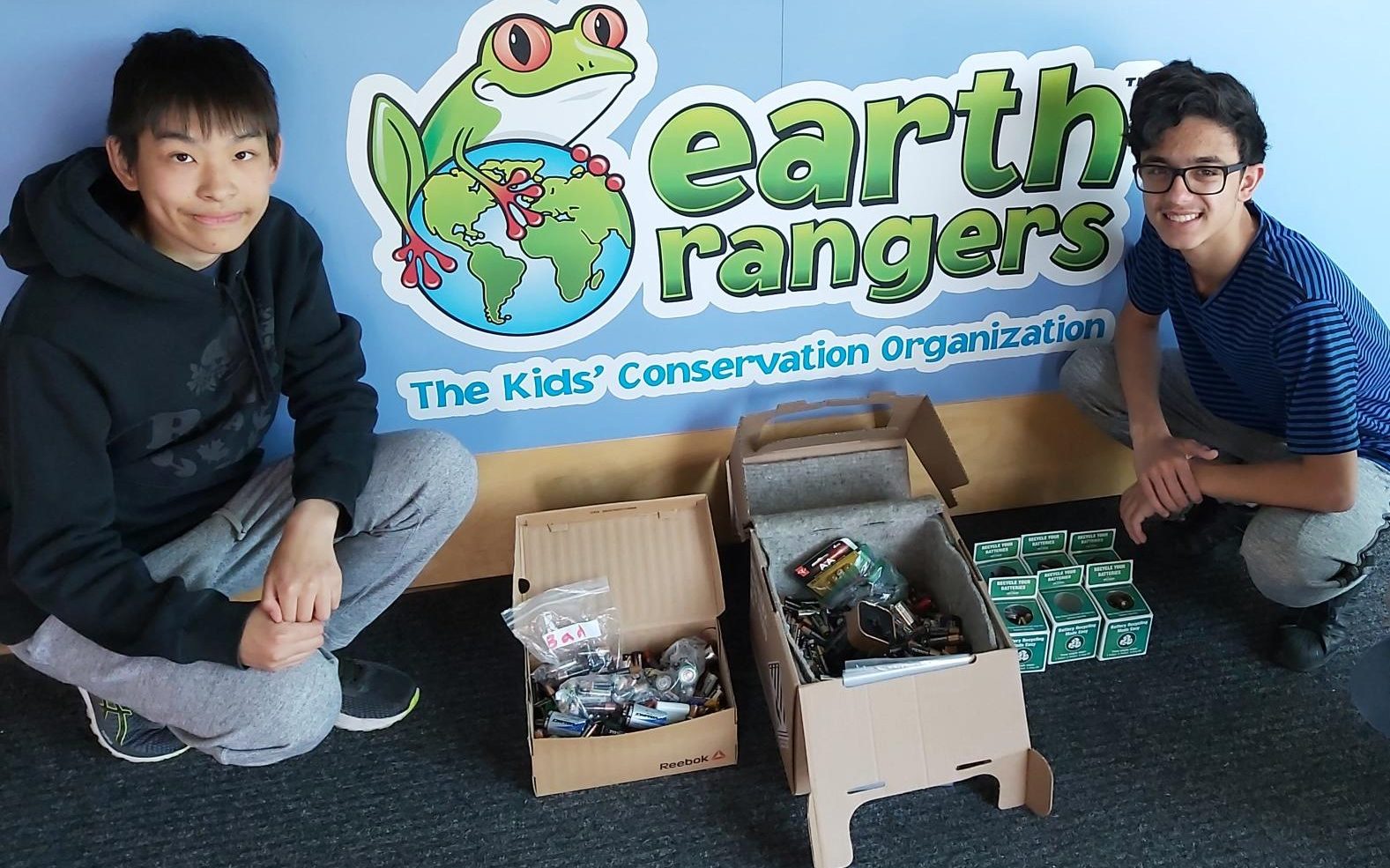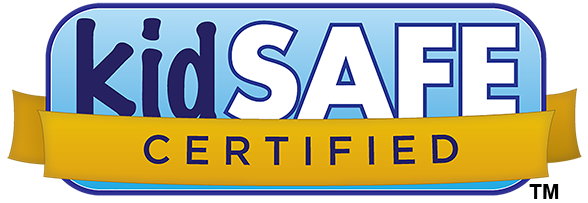What is a Circular Economy?
By reusing, repairing, repurposing, or recycling, we can use as little raw materials as possible and reduce our carbon footprint. It’s all about using resources wisely and finding ways to use the leftover materials.
In 2020, Canada successfully diverted 27.5% of its waste, which is an increase of almost 50% since 2002, This is great, but we still have a lot of work to do to reduce the remaining 72.5% that is sent to landfills or incinerated.
There are five key areas of unsustainable consumption: Plastics, Food, Aluminum, Steel, and Cement. With circular economy strategies, we can eliminate about 9.3 billion tons of emissions, which is the equivalent to all the transported related emissions globally.
There are ways to create a more circular economy everywhere!
Swap Events
With these projects, you get to plan an event for your community, where people can come together and trade their ill-fitting clothes, sports equipment they no longer use, or other items in good condition they no longer have use for. Check out Lana’s event!


DIY Workshops
These projects are great for those who love to teach! You can encourage other to be more sustainable by teaching them new sills like how to make new items out of old (think reusable shopping bags out of an old t-shirt), how to create sustainable products (think beeswax wraps or cleaning supplies), or even how to repair a bike!
Waste Re-route
Did you know that some items can’t go in a regular landfill and might actually be dangerous if they end up in one? You can divert waste, so it can’t harm the environment. Batteries, electronics, paint, markers, and many other items can be properly disposed of, but only if someone takes the time to do so. Check out a few examples of projects teens have done!



